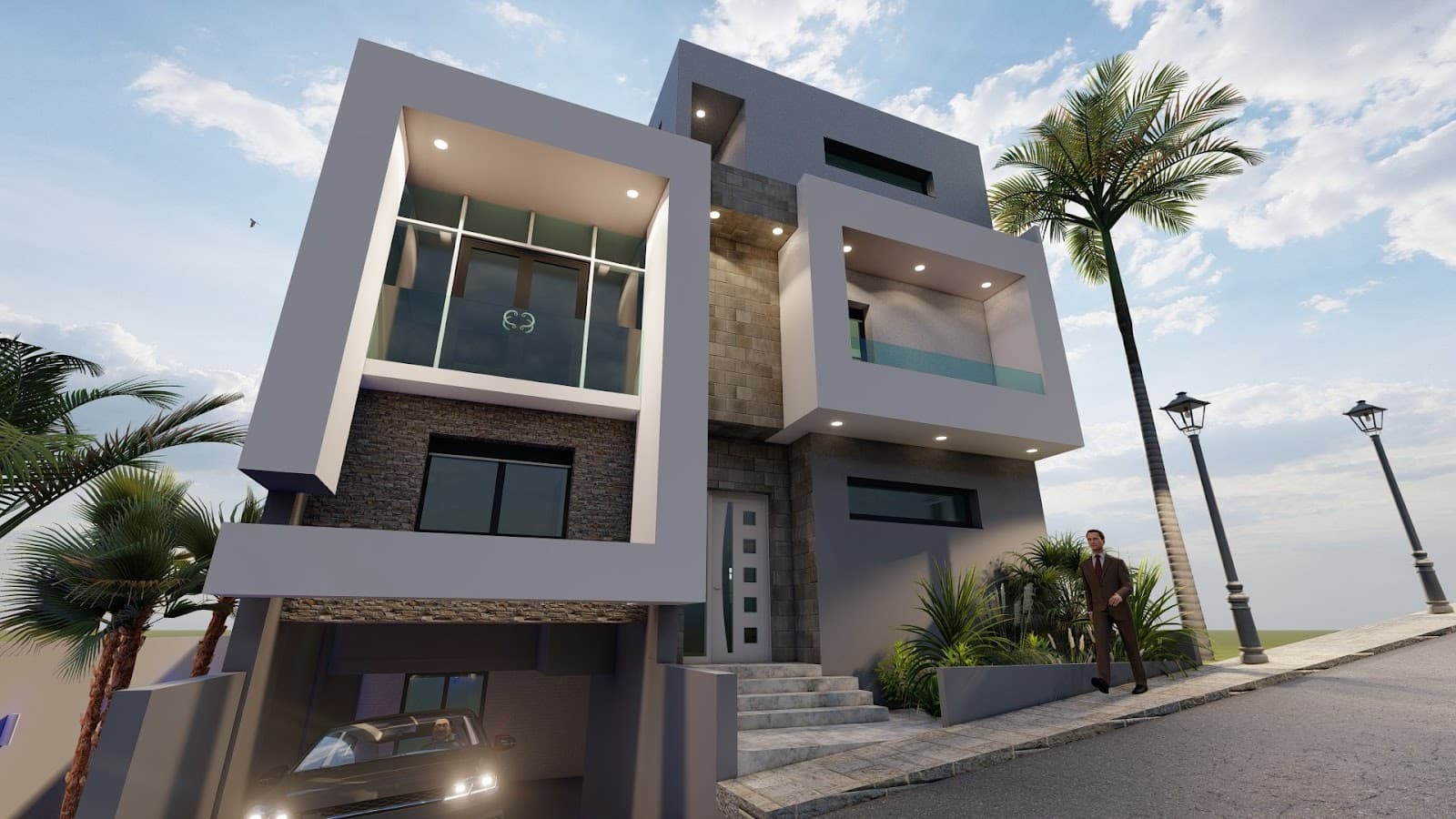The realm of 3D art and rendering is a fascinating intersection of creativity and technology, offering artists and designers unprecedented tools to bring their visions to life. This process involves several intricate steps, from conceptualization to the final print, each critical to the artwork’s success. In industries ranging from film and gaming to architecture and product design, 3D rendering plays a pivotal role, enabling the creation of detailed, realistic models and environments that were once impossible to achieve. This article explores the journey of making art through 3D rendering, illuminating each step in this complex, creative process.
Modeling
The foundation of any 3D artwork is modeling, the process of creating a digital representation of an object within a 3D software environment. Artists can choose from various modeling techniques, such as polygonal modeling, which involves creating objects by connecting points in 3D space to form polygons; NURBS (Non-Uniform Rational B-Splines), which use mathematical formulas to produce surfaces; and sculpting, which allows for a more intuitive, hands-on approach to shaping models. Each technique has its unique advantages and applications, depending on the project’s requirements and the artist’s preferences.
Skinning
Skinning is a crucial step in preparing a 3D animation model, attaching the model’s mesh (the outer shell) to a rig (a skeletal structure). This process ensures that when the rig moves, the mesh moves with it in a realistic manner, mimicking the way skin moves over muscles and bones. Effective skinning is essential for creating believable animations, requiring a detailed understanding of anatomy and movement to achieve the desired results.
Rigging
Rigging is the creation of a skeleton for a 3D model, a framework of bones used to animate the model. This step is vital for any model that needs to move or be posed, from characters to mechanical objects. A well-rigged model can be easily manipulated, allowing animators to create complex movements and expressions. Rigging often involves setting up inverse kinematics (IK) chains, which simplify the animation of limbs and other connected parts, making the animator’s job more straightforward and intuitive.
Layout
The layout phase in 3D projects involves arranging models and setting up scenes before animation begins. This step is critical for visual storytelling, as it establishes the spatial relationships between objects, characters, and their environment. Layout artists must consider composition, camera angles, and movement paths to effectively convey the story or message. This stage sets the foundation for the animation and rendering that follows, ensuring that the final product is cohesive and visually compelling.
Rendering
Rendering is the process of generating a photorealistic or non-photorealistic image from a 2D or 3D model by means of computer programs. It’s the stage where the 3D models, complete with textures, lighting, and shading, are transformed into the final images or animations. Rendering can be time-consuming, depending on the scene’s complexity and the desired quality. Artists use various rendering techniques and software to achieve the desired visual effects, balancing between realism and artistic style.
Post Production
After rendering, the post-production phase begins, where artists enhance the rendered images or animations using various techniques and software tools. This may include compositing, where multiple images or video streams are combined into a single image; color grading, to adjust the colors for visual impact; and adding visual effects (VFX), such as explosions, weather effects, or magical elements. Post-production is where the final visual style is refined and polished, bringing the project to its full realization.
Printing
For 3D art that transcends the digital realm, printing brings digital creations into the physical world. 3D printing technology has revolutionized how artists produce tangible models, sculptures, and functional objects from their digital designs. This process involves translating the 3D model into instructions for a 3D printer, which then builds the object layer by layer in materials ranging from plastics to metals. Printing adds a new dimension to 3D art, allowing artists to explore the intersection of digital precision and tangible expression.
This detailed walkthrough of the 3D rendering process highlights the complexity and creativity involved in creating 3D art. From the initial modeling to the final print, each step requires a blend of technical skill and artistic vision, demonstrating the fascinating capabilities of modern technology in expanding the boundaries of artistic expression.
Conclusion
The art of 3D rendering encompasses a multifaceted process that bridges the gap between imagination and reality, transforming abstract ideas into tangible visuals. From the meticulous crafting of models to the final nuances of post-production and the revolutionary capabilities of 3D printing, each stage in the journey of creating 3D art is imbued with both technical precision and creative insight. The evolution of technology and software has empowered artists and designers to push the boundaries of what’s possible, enabling the creation of complex, lifelike scenes and objects that engage, entertain, and inspire.
As we’ve explored the intricate steps of modeling, skinning, rigging, layout, rendering, post-production, and printing, it’s clear that the art of 3D rendering is not just about the end product but about the process itself. It’s a testament to the power of combining artistic vision with cutting-edge technology, opening up new realms of possibility for storytelling, design, and expression. Whether for entertainment, education, or innovation, the art of 3D rendering continues to shape the way we visualize and interact with the world around us, making it an indispensable tool in the modern creative arsenal.
